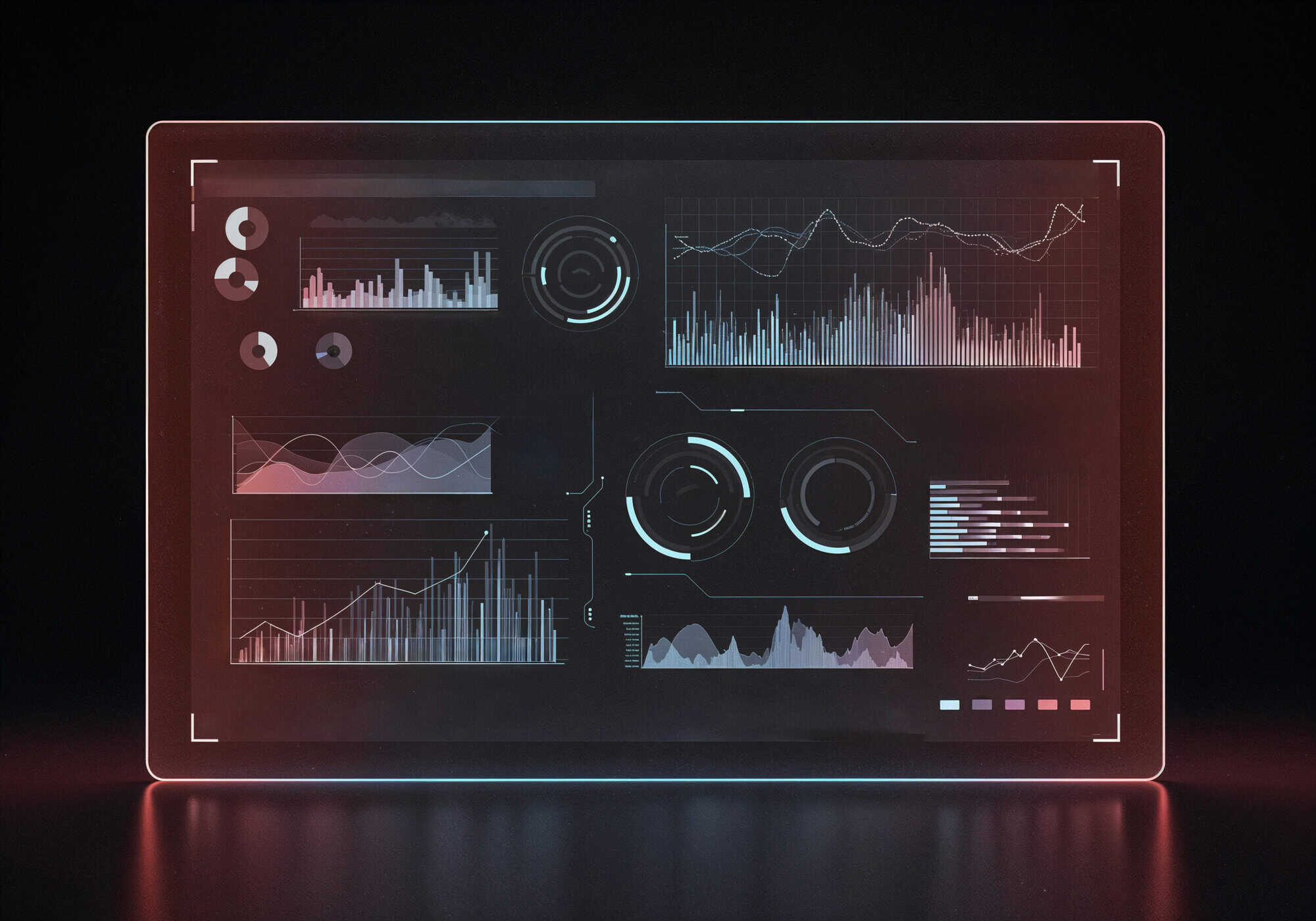Integrating Advanced Analytics Tools to Optimize Healthcare Operations and Improve Patient Outcomes

Healthcare organizations generate massive amounts of data — from electronic health records to claims information and patient outcomes. As healthcare shifts toward value-based care, the need to reliably monitor and access this information has never been greater. Beyond that, being able to glean insights that drive measurable, sustainable cost savings and population health improvements is at the very heart of healthcare operations. Traditional spreadsheets, haphazard audits and manual reviews simply can’t keep up.
The true value, however, is not just in access to this data but in deriving actionable insights to power cost savings and improved health outcomes. This is where an integrated analytics platform comes in — to distill raw data into impactful information that drives progress while empowering stakeholders from finance, quality and care management.
However, simply having a streamlined analytics system isn’t enough. Data comes from everywhere, but if it lives in siloes, key decision-makers get potentially biased or ineffectual insights, if they get any insights at all. An advanced analytics system needs to not only be able to understand diverse data and deliver insights that can be acted upon, but also unite all of these distinctive streams into a single cohesive, real-time source of truth.
Breaking Down Inefficiencies and Missed Opportunities
The challenge of uniting all of these disparate data sources into a single stream of information is nothing new. For decades, the healthcare industry has struggled with systems that communicate within single lines of business but fail to share crucial information with each other. At the same time, ensuring patient privacy and data security is critical.
When systems fail to communicate, healthcare organizations and state agencies likely reactive, rather than a proactive approach to care. With an integrated advanced analytics platform, payors can break down these barriers while getting a clear picture of performance — one that drives timely interventions, resource optimization and improved contract management.
How Can Seamless Analytics Integration Improve Patient Outcomes?
There are several ways that a unified advanced analytics system can optimize healthcare operations and improve patient outcomes, including:
Improving Decision-Making with Timely, Relevant Information
When all of the relevant data is consolidated healthcare leaders can see trends and spot care gaps in real-time. Having this type of unified view is a must for making strategic decisions that improve both clinical and financial outcomes.
Boosting Operations Efficiency Without the Need for Manual Data Reconciliation
Integration eliminates the need for manual reconciliation across several systems, relieving the high administrative burden and workload. With less time spent on these burdensome tasks, more time can be devoted to focusing on patient care and maintaining operations.
Improved Communication Between Payors and Providers
Having a single source of factual information, backed by data, improves communication between payors and providers. Shared dashboards and consistent data, with a focus on patient privacy and security, makes sure that all stakeholders work together to maximize every dollar spent while addressing crucial care gaps.
Proactive Patient Care and Management
With integrated data, analytics platforms can flag emerging issues before they become serious problems. This type of proactive approach improves contract performance across the board while helping organizations to anticipate and meet patient needs. Early intervention means better outcomes.
Moving from Silos to Synergy
Consider a state Medicaid program that previously wrestled with multiple, unconnected data streams. By adopting an integrated analytics solution, they’re now able to consolidate information into a single dashboard, while also giving themselves the flexibility to see a deeper, granular view of patient health trends, outcomes, spending and more.
With this broad-to-granular view, they can quickly adjust and allocate resources as needed, improving performance under value-based contracts. The end result is more productive and efficient operations, higher quality patient care and a more unified and collaborative environment between payors and providers.
How Do You Build a Future-Ready Healthcare Ecosystem?
Integrating advanced analytics to help optimize value-based healthcare isn’t just about the technology. It’s about creating the kind of foundation that cultivates continuous improvement. As healthcare evolves, organizations must be ready to shift at a moment’s notice, folding in new data sources while scaling their analytics capabilities.
Launching a fully integrated analytics system not only addresses these challenges head-on, but it also positions the organization to meet today’s healthcare needs with an eye on the future; sustainable growth through consistently high quality of care, all made possible by the core data and insights delivered by a cutting-edge analytics platform. With this information in mind, it’s easy to see how being able to transform raw data into detailed insights has a ripple effect across the entire health ecosystem. Collaboration is improved, data is secure and unified. Patient care gaps are addressed and spending is fully accounted for.
In short, everyone is on the same page, and poised to move forward with full confidence and peace of mind in what the data is delivering. Discover how an integrated analytics approach can empower your organization to work more efficiently and collaboratively while playing a positive role in shaping the future of healthcare with Gray Matter Analytics.
Gray Matter Analytics makes seamless analytics a reality. With our CoreTechs® Solutions, our advanced analytics tools integrate data from multiple sources, including EHRs and claims as well as real-time monitoring systems, all into one secure, easy-to-use platform. This approach not only eliminates data silos but provides a single, reliable and factual source of information for decision-makers.
All of this is delivered in real-time, helping health plans and state agencies alike to optimize value-based contracts while improving operations and enabling more proactive care management. With a focus on data security and patient privacy, together, we can help enhance collaboration across the entire care continuum.
